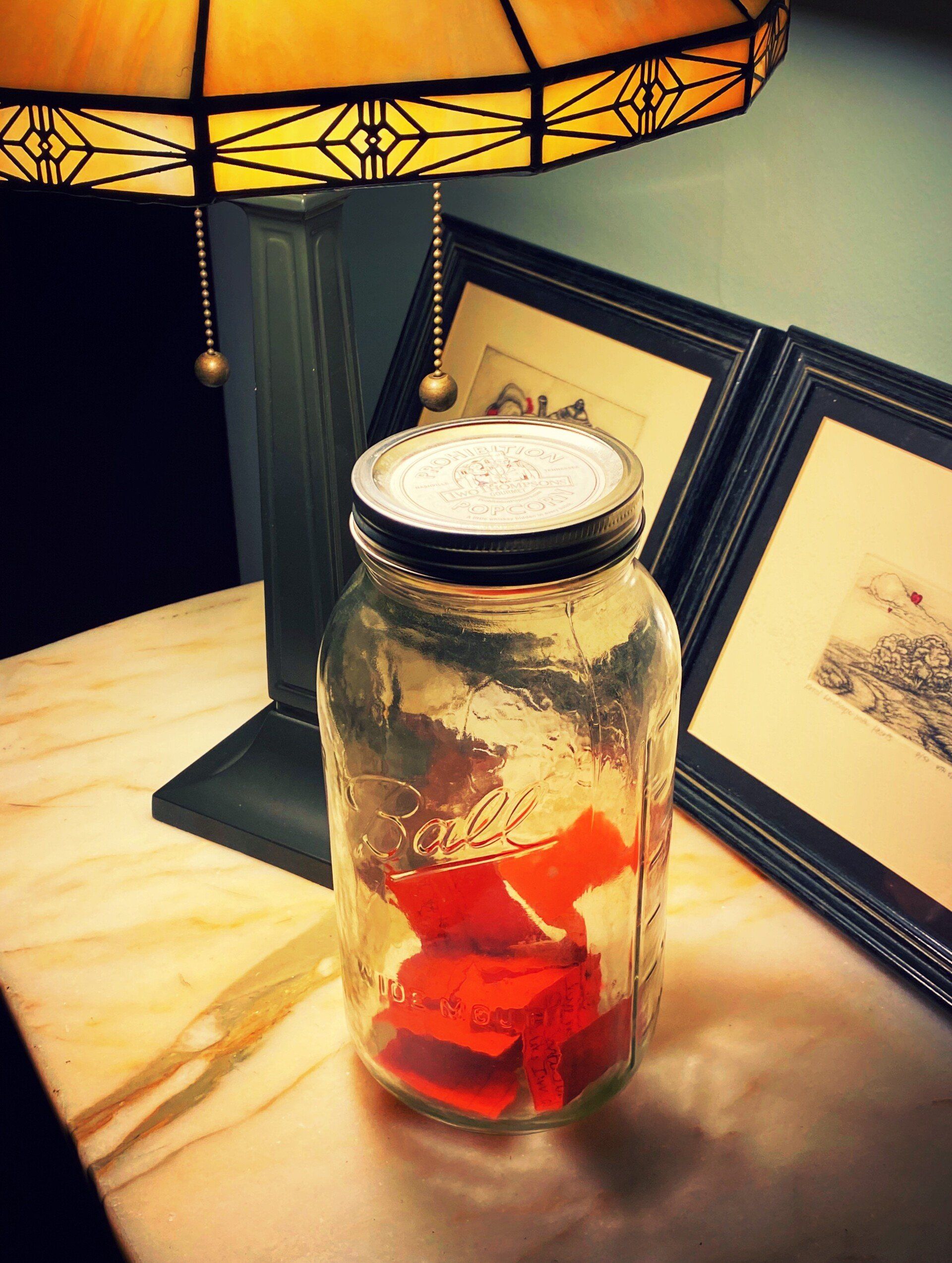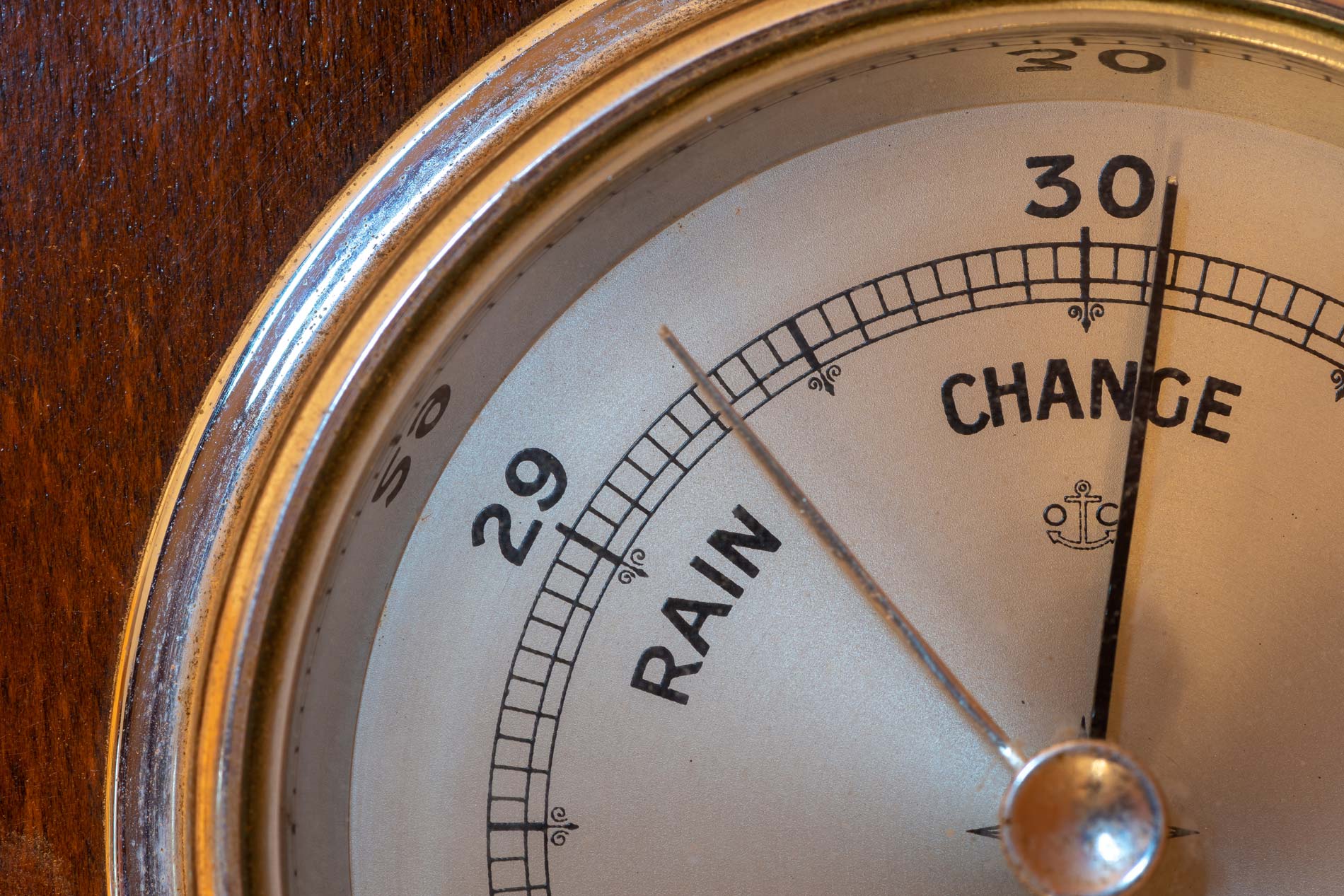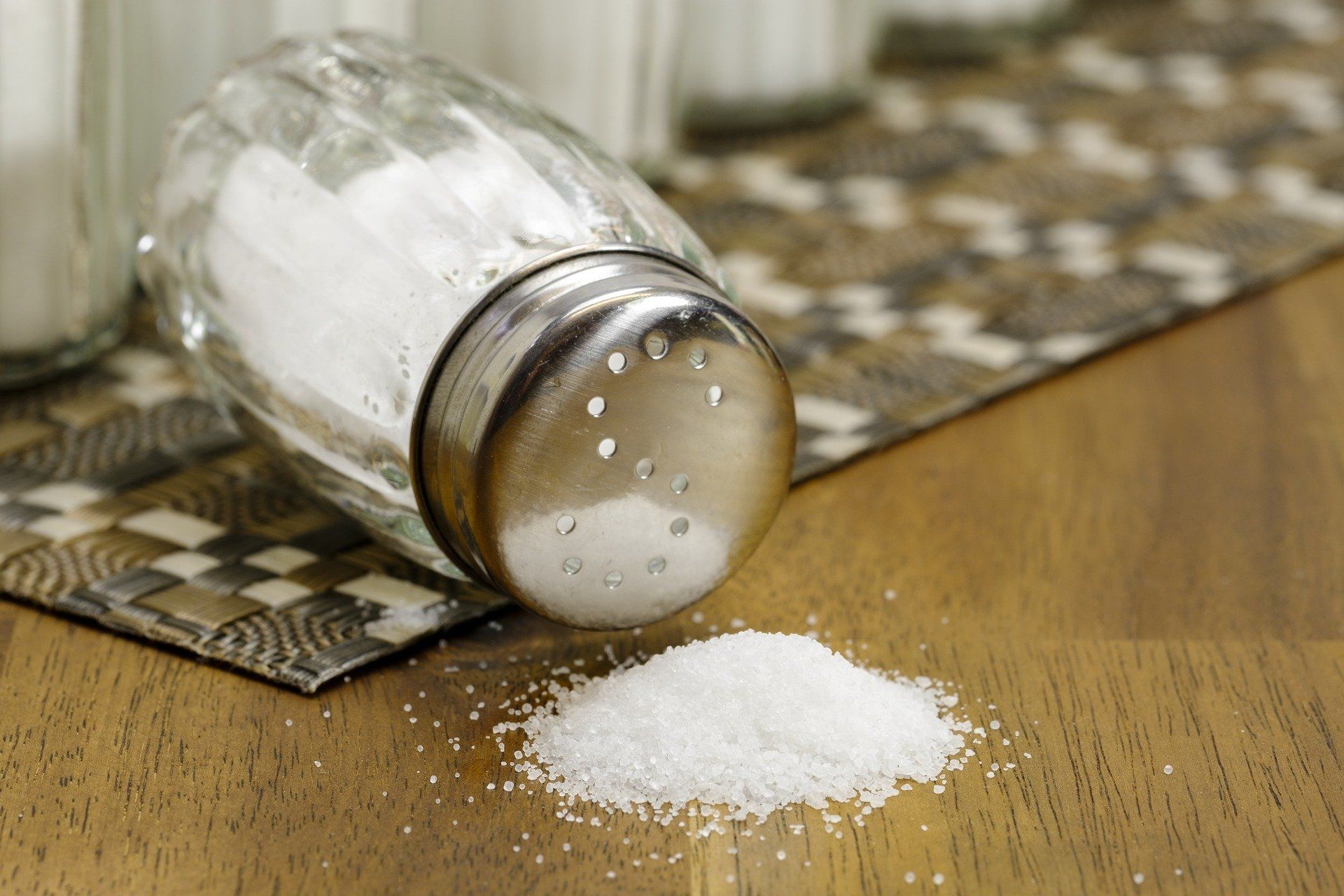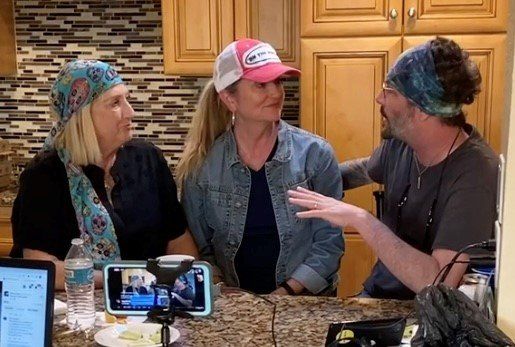What's All This Talk About Salt?
Whether you’re new to this whole Meniere’s thing or a veteran, one thing is certain…we’re all thirsty for knowledge. Why do our bodies do what they’re doing? Or not doing? What in the world can we do to control our symptoms?
And what’s all this talk about salt?
No doubt, you’ve heard about it. Salt, low sodium, loso. Your provider may have mentioned it in passing without really explaining why or, talked with you at length about why it’s important. You’ve seen the posts on support group feeds, Instagram, and other social media.
The low sodium component was something I found early in my journey. Now, to be clear, my provider did not go into a lot of detail. I was handed a one-sheet by the nurse (after the doctor had left the room, leaving me reeling from my new diagnosis). The handout said to decrease the sodium in my diet to 1500-2000 mg per day and to drink 8 glasses of water. (We won’t even go into how that first appointment went…suffice it to say, that was the first and last time I put any money in that doctor’s pocket!) But I digress…
According to the FDA, the recommended daily value is “less than” 2300 mg of sodium per day. However, Americans eat an average of about 3400 mg per day. Regardless of the presence of Meniere’s, that is just way too much! And here’s the kicker. According to the American Heart Association, the minimum physiological requirement is only 500 mg per day, while the FDA says the minimum is “probably” about 1500 mg. So, 500 – 1500 mg. That amounts to ¼ to 1 teaspoon of salt/sodium per day.
There’s definitely a problem here. So why are we eating so much sodium and why does it matter?
First of all, in our defense, most of us are not going crazy with the salt shaker. Quite the contrary. According to the CDC, most of our sodium intake, about 71% (approximately 2400 mg) comes from added salt in our processed, packaged, prepared foods. Wow! So even if you’re not hitting the drive-thru and bellying up to some kind of chicken product (what is that?!) and a giant box of fries, all that salt is adding up!
So much of the sodium we consume is straight from our grocery store shelves. Even when we’re striving to make healthy choices for ourselves and our families, our food often contains not only “sodium,” “salt” or “soda,” the terms we recognize right off the bat, it also may include sodium nitrate, sodium citrate, monosodium glutamate, and/or sodium benzoate to name a few. Salt acts as a flavoring and it also acts as a preservative, even a color stabilizer. Foods have to maintain freshness and look desirable on the store shelves and they have to last in our pantries.
One of the worst attacks I had, the tipping point that finally led me to the doctor, came the day after I ate a fabulously savory appetizer called “Texas Eggrolls” at a local restaurant. Coincidence? Knowing what I know now, absolutely not. Even before Meniere’s, I knew how salty foods could make me feel. Perhaps you’ve experienced the tight, puffy fingers and the ravenous thirst you feel an hour or so after eating say, some deep-dish pizza, a bowl of soup, or a bag of popcorn. You think to yourself, “why am I so thirsty!?” Our body wants more water and it’s trying to conserve what it has, because that delicious salty food is throwing off that fine balance of sodium and hydration.
The first book I read after my diagnosis, and lack of helpful advice from the doctor, was Overcoming Meniere’s: How Changing Your Lifestyle Can Change Your Life by Mark Knoblauch, PhD. (You can find it on Amazon.) The book chronicles his story of going from PhD candidate, to quickly being nearly debilitated by Meniere’s, to Iron Man athlete. He shares how a big part of managing his own symptoms has been a significant change in his diet and how he’s done it. In a nutshell, Dr. Knoblauch draws a connection between our sodium intake and maintaining a healthy fluid balance in our bodies, and for the Meniere’s patient, what that means for our inner ear. Don’t worry, it’s written in layman’s language and an easy read. It’s interesting to learn more his personal discoveries and I found his story quite inspiring and empowering. For the first time I felt there were steps I could take to improve my situation.
Reading Dr. Knoblauch’s book culminated in a “ah ha” moment for me. It made sense. It wasn’t a crazy fad/miracle cure. Honestly, I thought, it would be healthy anyway. And you probably understand the feeling of wanting to try anything that might help. So, I started counting my milligrams each day. At first, I used a very simple, free app I found to keep track, eventually using my Fitbit. Guess what? Way too much salt! And I haven’t used the shaker for years. I thought I was being healthy!
I began to make more changes. I started using more low sodium and no-salt-added items. I added more fresh foods. I replaced salt used in cooking with No Salt, which is a potassium product. I bought every variation of Mrs. Dash I could find. I began rinsing beans and other canned items to remove some of the residual sodium. I began making my own balsamic vinegar salad dressing. Baby steps. I was reading labels like a crazy woman! It took time, and way too much math. I finally invested in a small food scale. Highly recommend. Game changer!
I also increased my water intake to between 70-100 ounces per day. I jog and/or walk, and I work up a sweat, so this amount seemed doable and prudent, especially in the summer months. The minimum recommended is 64 ounces per day (those aforementioned 8 glasses). Another suggestion out there is ½ your body weight in ounces per day. Early on, I was using a recycled 24-oz juice jug so I could measure how much I was drinking each day. On my birthday in May, a dear friend gave me a nifty stainless steel 32-oz water bottle. “I was getting tired of seeing you with that tired, sad juice bottle,” she said. We had a good laugh about it. I so appreciate her support in helping me maintain my goals and at the same time, helping me look a little more like I have my act together!
There was definitely a difference in the frequency and severity of my attacks. Full disclosure, I think I got a little too low for a while. I was feeling lethargic and a little low-grade dizzy all the time. Just not quite right. It seems now my “happy place” is at about 1000-1200 mg per day. Much over 1200 mg, my tinnitus gets much louder and the feeling of ear congestion increases. In some instances, when I’ve thrown caution to the wind, sure enough, a vertigo attack is often the result.
We’re all different. We may have additional health concerns and some of us even have multiple vestibular diagnoses. And not everyone with Meniere's has found dietary changes make a difference. However, if you’ve been diagnosed with Meniere’s, and have not tried a low sodium diet, talk it over with your provider. It definitely has helped me. Plus, because of the massive shift from packaged foods, my diet is far healthier overall. I’ve lost weight. I feel better. I’ve discovered new foods and cooking techniques. I still have my fun foods, in smaller portions, keeping my overall sodium intake for the day in mind.
Do I still have symptoms? Yes. Just not as frequently and not as severe. Isn’t that what we all want? To take some of our power back and manage this monster? We want to find our way back to a normal life, to enjoying our activities, our families and friends as much as possible. We want more control over our Meniere’s…and not the other way around!
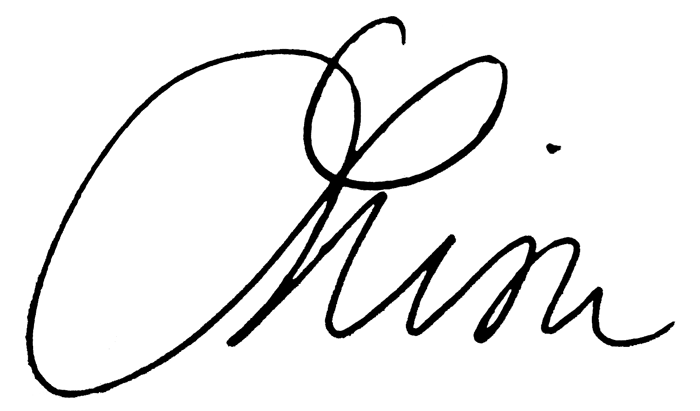
My Dizzy Life


